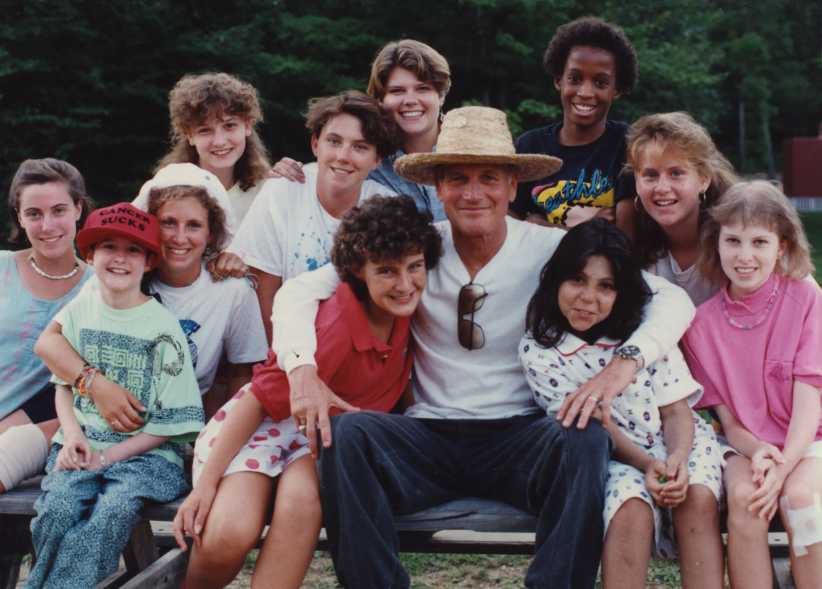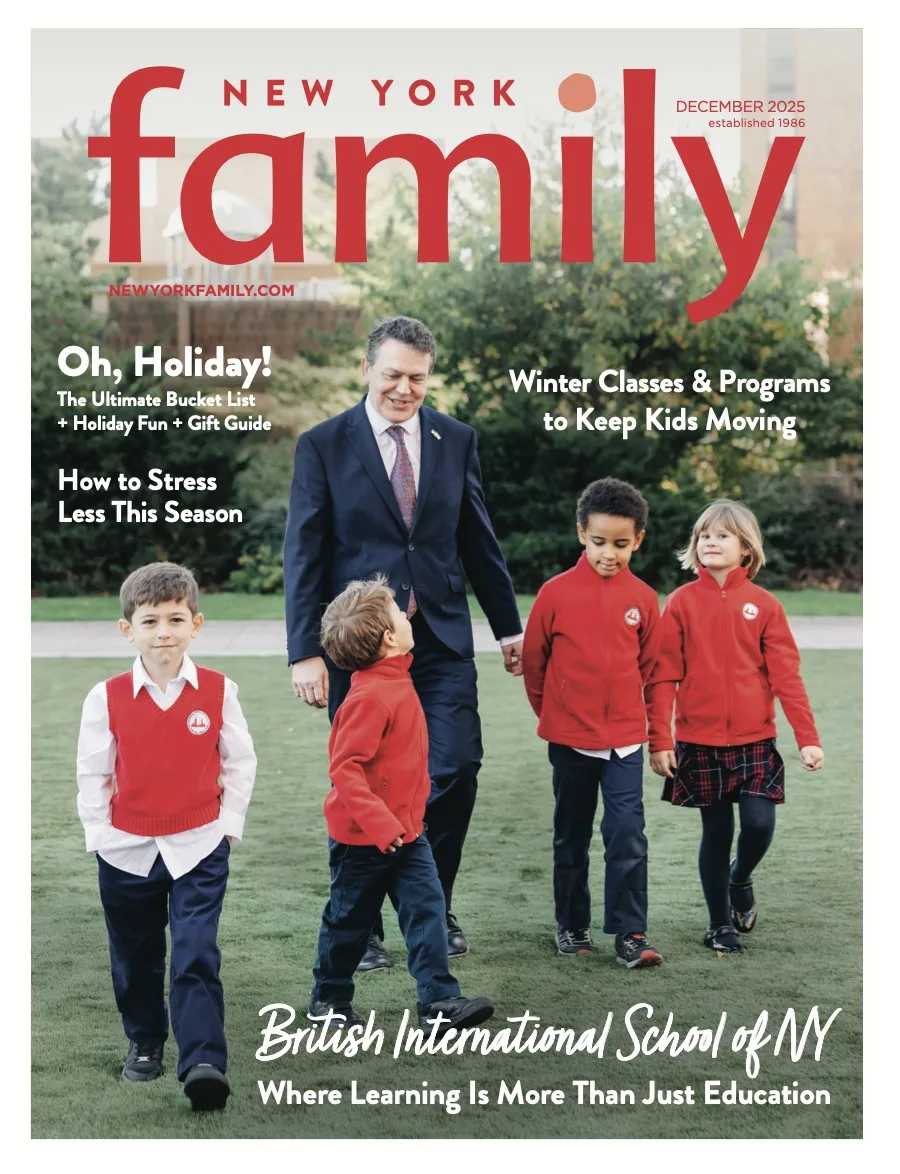After reading “The Voyage of Lucy P. Simmons,” my historical fantasy novel for young readers, a teacher asked, “Where do you get your story ideas? How do you think up this stuff?”
I paused.
Truth is I’d worked on the manuscript off and on for the better part of 15 years. Honestly, it seemed the ideas just came to me – the challenges of young Lucy losing her family, her struggle to save her beloved Victorian mansion set along the coast of Maine, the mysterious, benevolent magical force that assisted her in her quest, the fantastical ending in which her house was swept into the sea by a raging hurricane, morphing into a magnificent tall ship that carried Lucy on an amazing but challenging voyage toward a future full of hopes and dreams. A strong female protagonist, gaining independence, learning compassion.

While blathering on about the plot, I had an epiphany – throughout the time I spent weaving multiple drafts of this story, my marriage had been unraveling – the gorgeous Victorian home my then-husband and I renovated had become a lonely place, and after a long, painful struggle I left – in essence, I “turned my house upside down and sailed away.”
I was forced to redefine family, to find a new home for myself. The parallel between real life and fantasy was remarkable, yet as it unfolded I’d been completely blind to it. The tale I created was actually a kind of pre-cognition, a vehicle for mining unconscious yearnings and uncovering layers of complex and seemingly inexpressible emotions.
In the months and years since, I’ve come to believe that writing fantasy is a powerful tool for connecting with our hidden selves, healing inner hurts, discovering subconscious desires.
Now, let me take it a step farther. This writing phenomenon isn’t unique to seasoned, experienced adult authors. In fact, reading and writing fantasy provides the same metaphorical goldmine for children.
As author and co-founder of “Empowering Writers”, my mission has been to empower teachers and students with the specific skills necessary to take advantage of the wellspring of insight and validation writing can afford. I’ve witnessed, again and again, the deep satisfaction children feel when creating imaginative fantasy stories, rich in symbol and affirming in ways they experience but cannot name. Whatever puzzles or frightens them, the unspoken hopes and desires they’re unable to express, the anxieties and disappointments inherent in childhood, capped in the unconscious – all find a healthy outlet in story. This is the same “stuff” that enchants us in fairy tales and resonates in our dreams.
So, in this climate of rigorous state standards, high stakes testing, and the thrust toward honing practical, marketable “21st century skills,” I make my case for nurturing and encouraging children to write and read fantasy, to lose themselves in make-believe. It can be the “back-door” into the psyche, a respite from the constant pressure to compete and achieve, a vehicle for blossoming creativity and analogous thinking, and a powerful mouthpiece for the soul.
Barbara Mariconda is the author of more than 20 books for children and scores of resources for teachers. Her middle grade novel, “The Voyage of Lucy P. Simmons,” the first in a trilogy by HarperCollins, was just named one of the 2013 Children’s Book Committee/Bank Street College of Education Best Children’s Books of the Year. Look for Book 2: “Lucy at Sea,” in October. She has a son and a daughter, both fine artists, working in the fashion industry, and lives in Shelton in Fairfield County, CT with her good-natured shih tzu, Little Man.
Visit her at barbaramariconda.com. For information on bringing Empowering Writers to your child’s school, go to empoweringwriters.com.













